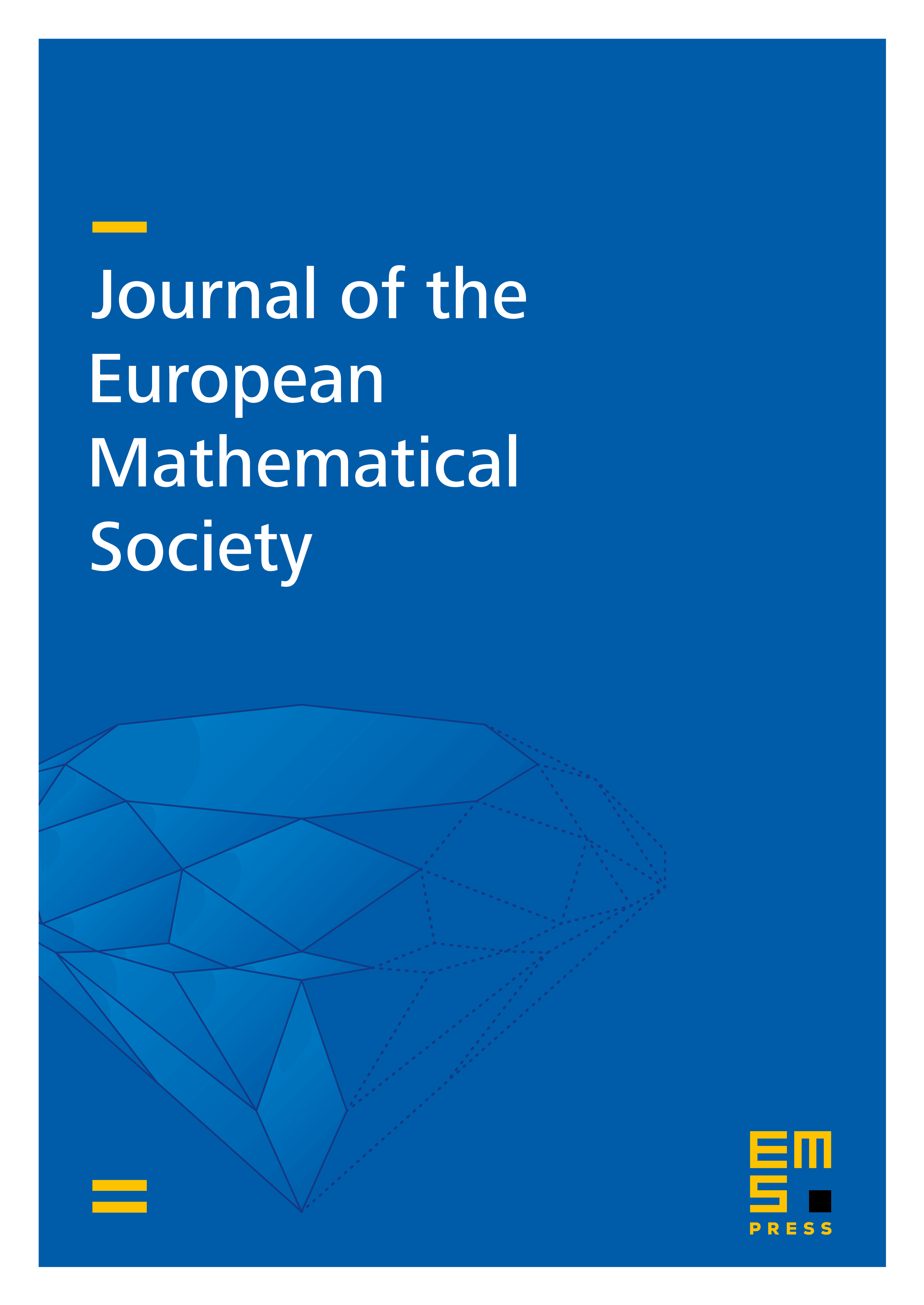The exact rank of sparse random graphs
Margalit Glasgow
Stanford University, USA; Massachusetts Institute of Technology, Cambridge, USAMatthew Kwan
Institute of Science and Technology Austria, Klosterneuburg, AustriaAshwin Sah
Massachusetts Institute of Technology, Cambridge, USAMehtaab Sawhney
Massachusetts Institute of Technology, Cambridge, USA; Columbia University, New York, USA

Abstract
Two landmark results in combinatorial random matrix theory, due to Komlós and Costello–Tao–Vu, show that discrete random matrices and symmetric discrete random matrices are typically nonsingular. In particular, in the language of graph theory, when is a fixed constant, the biadjacency matrix of a random Erdős–Rényi bipartite graph and the adjacency matrix of an Erdős–Rényi random graph are both nonsingular with high probability. However, very sparse random graphs (i.e., where is allowed to decay rapidly with ) are typically singular, due to the presence of “local” dependencies such as isolated vertices and pairs of degree-1 vertices with the same neighbour. In this paper, we give a combinatorial description of the rank of a sparse random graph or in terms of such local dependencies, for all constants (and we present some evidence that the situation is very different for ). This gives an essentially complete answer to a question raised by Vu (2014). As applications of our main theorem and its proof, we also determine the asymptotic singularity probability of the 2-core of a sparse random graph, we show that the rank of a sparse random graph is extremely well approximated by its matching number, and we deduce a central limit theorem for the rank of .
Cite this article
Margalit Glasgow, Matthew Kwan, Ashwin Sah, Mehtaab Sawhney, The exact rank of sparse random graphs. J. Eur. Math. Soc. (2025), published online first
DOI 10.4171/JEMS/1692